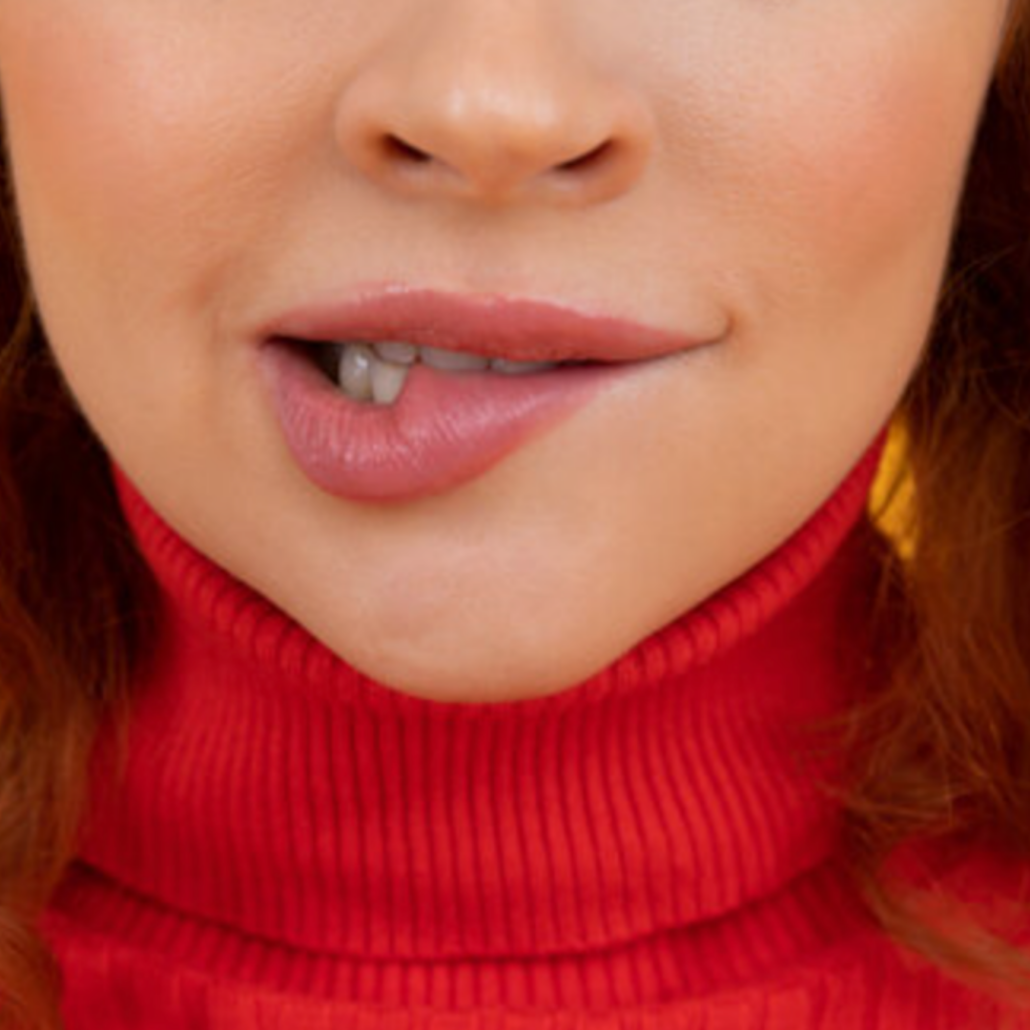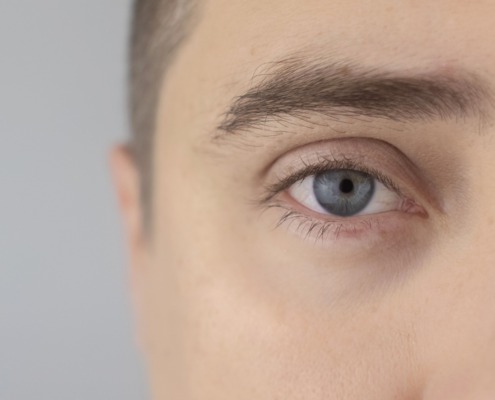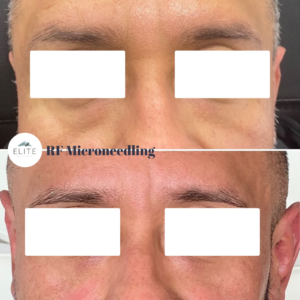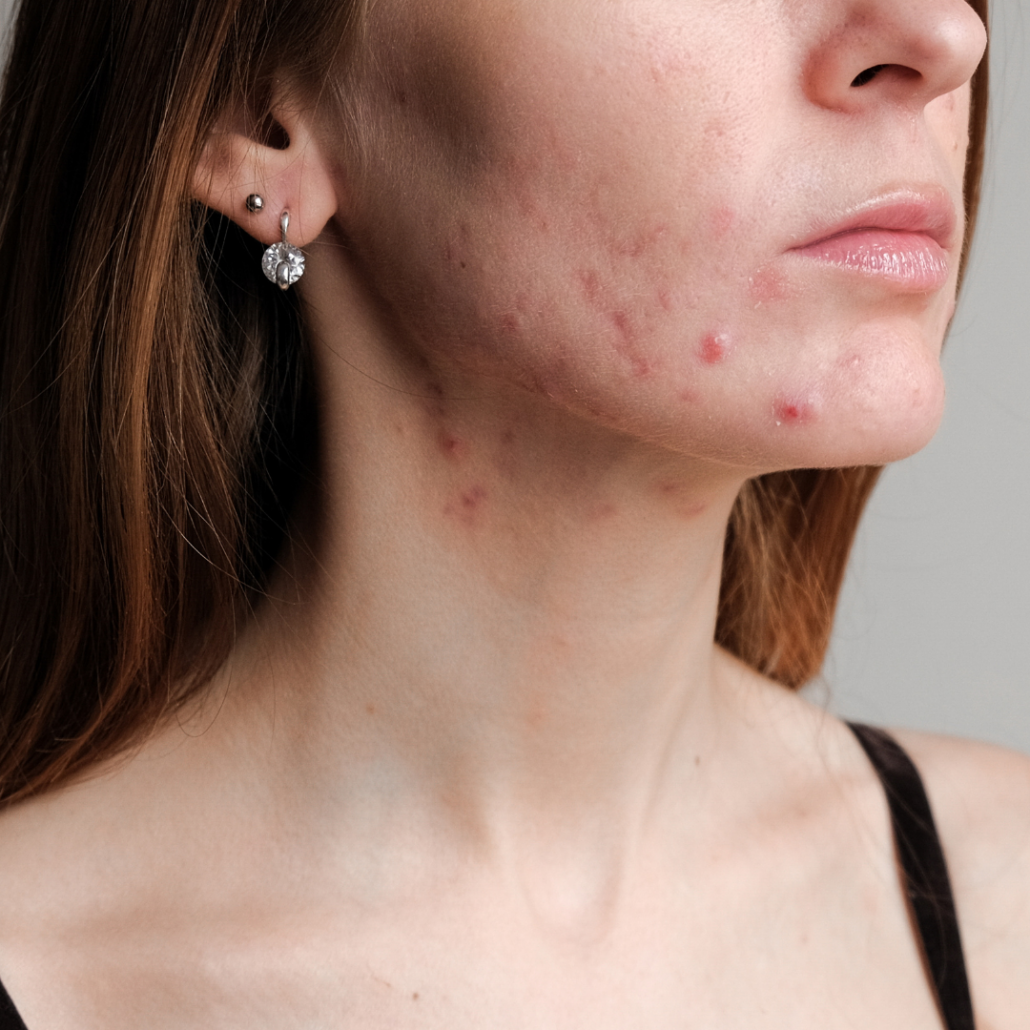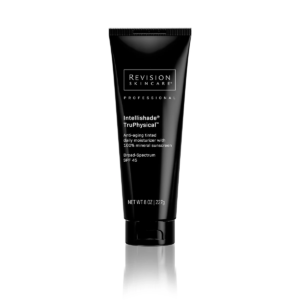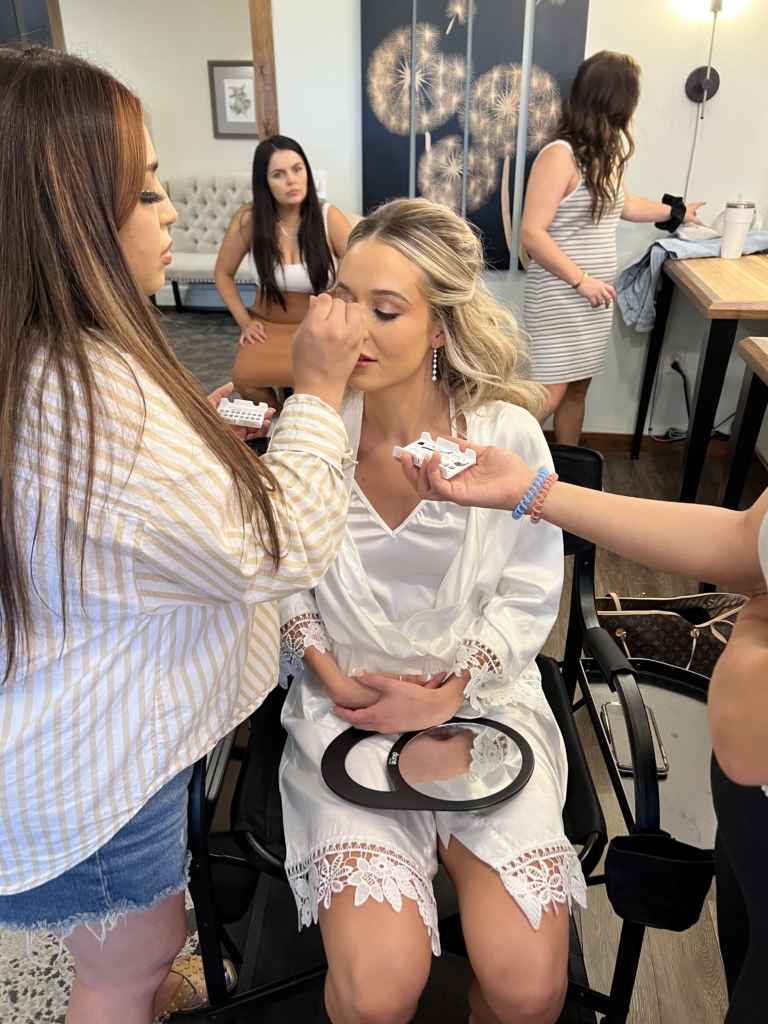Our Favorite “Glow up” Treatments
January 18, 2023 in Botox, Facials and Peels, Fillers, Kybella, Laser and IPL /by Mary Beth Martin
Introduction
The New Year is symbolic of new beginnings, and there’s often a theme within peoples’ New Years resolutions: Bettering Themselves. If bettering yourself includes skincare and aesthetics, you came to the right place!
Better skincare can also happen all year round. So, no matter when YOU decide is best for a “glow-up”, we are honored to be a part of the process!
In this article, we break down what a glow up even is as well as our favorite aesthetic treatments to get your glow on.
Table of Contents
What is a "glow up"?
A “glow-up” is simply the process of making a major positive transformation in your life, whether that be emotionally, physically, or spiritually. And it is not just for teens and 20 somethings on social media by the way. You can have a glow-up at ANY age. What do you want to change in your life to look and feel better, for YOU?
So long as it’s for the right motivations (again, for you), aesthetics and skincare treatments can be a very helpful part of anyone’s glow-up journey. As the saying goes “when you look good, you feel good”. Apparently you can also make more money when you spend more time on your appearance, around 20% more according to this study.
We know that looks are not always the most important, but feeling your best is! That’s why we love what we do! Our goal is always for people to feel better when they leave our office than when they came in, even if they choose to have NO treatments.
What aesthetic treatments give you a glow up?
Depending on your skin goals, the aesthetics industry has something for everyone. From non-invasive facials, peels and skincare to more aggressive lasers, injectables, and skin tightening treatments.
For fast results check out services such as: dermal filler, botulinum toxin injections, and IPL.
If you’re willing to be a bit more patient, check out: Collagen stimulating injections, lasers, microneedling, and Kybella
Overall, we offer many services here at Elite but in this article we want to share some of our favorites from personal experience. Keep reading to see what we have had done!
MB's favorite aesthetic treatment for an ultimate "glow up"
Mini Lip Plump
Elite’s signature Mini Lip Plump is the perfect addition for adding volume and symmetry to the lips! This treatment provides a total confidence boost for anyone who has thinner lips, or just wants a better pout!
- The Mini Lip Plump is Mary Beth’s favorite aesthetic treatment for a glow up, because a lot of people do not need a full syringe of filler in their lips to feel confident (a little plump, goes a long way 😉 ). This treatment also balances facial profiles and accentuates lip definition, all while looking and feeling incredibly natural when done by the right injector
Below you can see MB’s before and after images of one mini lip plump by Ali, NP.


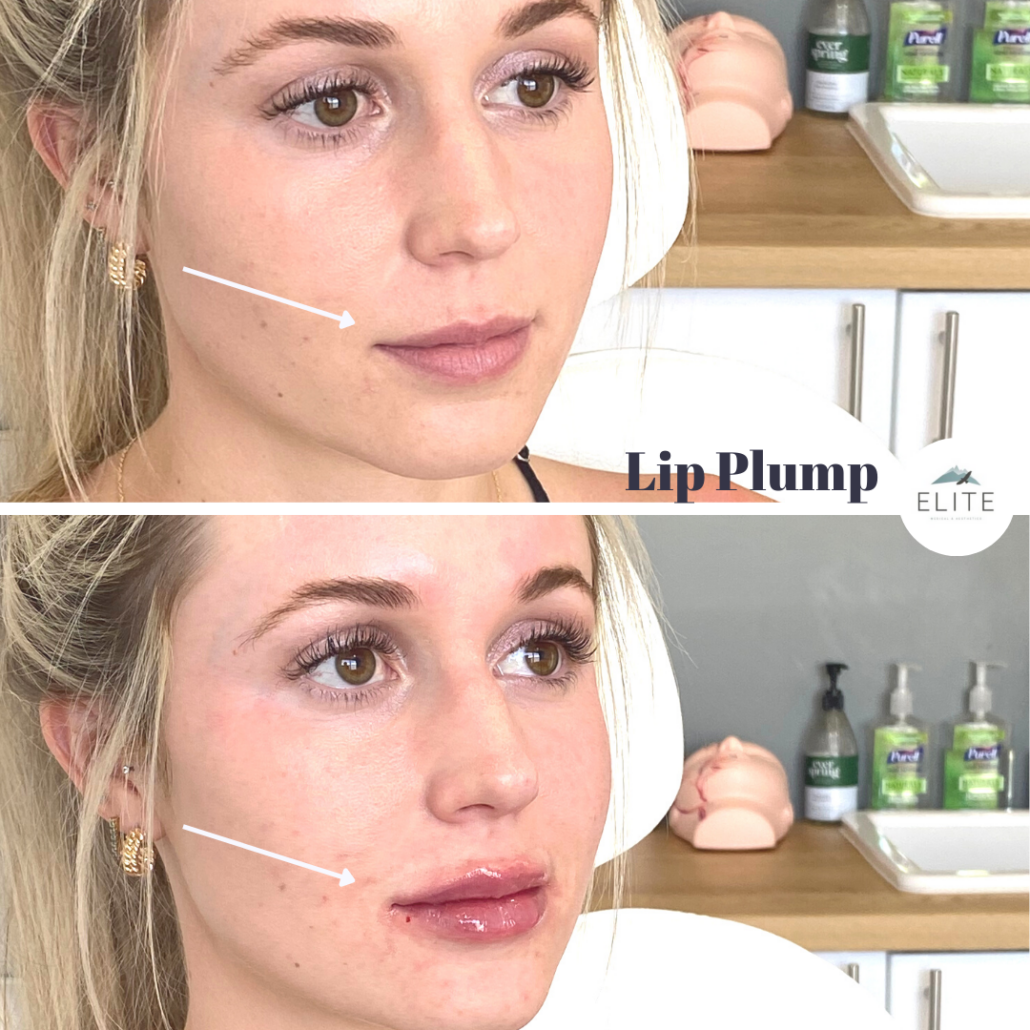
Does lip filler give you a glow up?
When done by the right injector, lip filler can definitely be a glow up treatment. The smile and lips are often a focal point of one’s face, and lip filler can accentuate the shape, volume, and fullness of the lips all while still looking natural.
Lip filler can especially be a glow up for those with thinner lips or asymmetrical lips. At Elite, we pride ourselves on having injectors with artistic backgrounds that customize filler to each unique face, rather than just injecting filler the same into everyone.
Talk with one of our providers about your lip goals below 👇
Does lip filler make you prettier?
Lip filler making someone prettier is a relative question. Sure, some people are better candidates for lip filler than others, but this is where aesthetic treatments can fuel someone’s confidence without the judgement of others. If it makes YOU feel prettier, then YOU will attract more confident, beautiful, and powerful energy, thus making you even more beautiful!
Hannah's favorite aesthetic treatment for an ultimate "glow up"
Kybella/Deoxycholic Acid
Kybella is hands-down 🙌 one of the most transformative treatments for anyone who is experiencing an unwanted “double chin” (submandibular fat) taking away chin/jawline definition.
- Oftentimes a “double chin” concern can make someone look and feel heavier than they actually are, no matter their weight or health status. Hannah has personally experienced a major difference in her confidence after just one Kybella/DA treatment. Kybella/DA by permanently decreasing the fat pad it creates contour to the chin and jawline area. Overall, Kybella/DA makes the facial profile even more beautiful and contoured than before…hello glow-up!
Below you can see Hannah’s results from one Kybella/DA treatment.
Please note it usually takes 3-6 treatments for most people and not everyone is a candidate.

Does Kybella give you a glow up?
Ultimately, YES! Kybella/DA is a great treatments for a double chin for the right candidate, because it provides permanent slimming effects without having to undergo surgery or invasive procedures. Clients who might be good candidates for Kybella/DA are typically at a healthy body weight and have a “double chin” no matter what their weight is.
Does Kybella make you look younger?
Yes, Kybella/DA has the effect of making someone look younger because it permanently dissolves unwanted fat, resulting in a more contoured jawline and chin.
However, someone with already sagging neck skin may also need a surgical referral for a neck lift as removing the fat can increase loose skin in certain individuals.
Does Kybella slim the face?
Yes, Kybella/DA can have a slimming effect for the entire face. Especially if it is injected off-label for jowls or mild buccal fat pad slimming.
Talk with one of our providers about your Kybella questions

Ali's favorite aesthetic treatment for an ultimate "glow up"
IPL 3-in-1
Ali, NP’s favorite aesthetic treatment for an ultimate glow up (and one of her favorite treatments to recommend to clients) is an IPL 3-in-1 treatment.
Why? 👇
- Evens out skin complexion from freckles, sun/age spots, redness, or acne
- Reverses DNA damage from the sun, resulting in healthier skin
- There’s no downtime or broken skin
- Has a beneficial “tightening” effect to the skin’s tissue
- Almost everyone is a candidate
An IPL (Intense Pulse Light) 3-in-1 treatment uses light energy that is converted to heat energy into targeted cells, which then causes destruction of the damaged cells to regenerate healthy cells, all with no downtime! Below are pictures of Ali’s skin right after an IPL treatment, and 7 days after. To learn more about what to expect after an IPL treatment, click the button below.
We call it a 3-in-1 IPL treatment because at Elite we do a full pass for age spots/freckles then targeted passes for small vessels and another for stubborn spots. Clients have described getting the results from 1 treatment that they got in 3 at other clinics.



Does IPL make your skin glow?
Yes, IPL 3-in-1 treatment results in healthy, glowing skin. IPL is one of Elite’s most loved aesthetic treatments, because it is effective in evening out the skin’s complexion, and requires no downtime! It is common for our providers to use this treatment to treat freckles, sun/age spots, redness, and acne, with a goal that our clients can feel confident in their skin (bye-bye makeup!). IPL addresses many concerns, and after a few short days post-treatment, glowing skin is revealed.
How long do IPL results last?
Essentially forever…if we never went outside again. However, as we continue to get sun exposure and age, sun/age spots and freckles will appear. It is best to do 3-6 IPL treatments, 4 weeks apart, and then complete maintenance sessions throughout the year, especially after summertime. This will ensure you are maintaining your results, and of course, keeping your skin healthy and glowing.
Does IPL make your skin look younger?
IPL is a great treatment option for those who want to address several signs of aging. Wether the concern is uneven skin tone, redness, dull skin, or hyperpigmentation; IPL works wonders at achieving even, more youthful appearing skin.
Talk with one of our providers about your skin concerns and goals to get on a customized treatment plan!


Before and after images of Elite’s clients after just 1 IPL treatment to target hyperpigmentation and sun/age spots 👆
Our all-time favorite aesthetic treatment for an ultimate "glow up"
Tox Injections
Tox injections (Botox, Xeomin, Dysport) provide clients with a glow up by smoothing lines and wrinkles that start to form as we age. Common areas that cause static (at rest) and dynamic (in-motion) wrinkles are the 11’s, forehead, and crows feet, with a few other off label areas as well.
All three of us personally love Tox for many reasons 👇
- Reduces fine lines and wrinkles and smooths the skin
- With consistent injections, can help smooth static lines that are visible at rest
- A quick, little-to-no-pain treatment that provides results within 2 weeks
- Little downtime, usually just a day of restrictions
- Perfect as a preventative treatment
Tox injections not only help to smooth lines and wrinkles, but they can also give a more youthful appearance. Many of our clients at Elite report higher self-esteem after they receive their Tox, making it an ultimate glow up aesthetic treatment.



Does botox give you a glow?
Yes, Botox or (Botox, Xeomin, Dysport) gives you a glow by smoothing lines and wrinkles and making the skin appear more glowy. Tox can be applied topically to the skin through a micro-needling device, also known as our Elite Diamond Facial. This improves the texture of the skin, making it much more smooth and tight, also providing a glowing complexion.
Ps: we love Xeomin because it is a cleaner drug with fewer additives and provides lasting results! At Elite we specialize in a holistic approach to aesthetics, offering products that are more natural and just as effective 😘
Does botox make you prettier?
Potentially yes, and here’s why 👇
Tox injections help to smooth wrinkles and lines that can cause frowning or upset appearing faces, even at rest.
- For example: someone constantly looks upset because the 11’s (glabella lines) are pronounced, even when they are happy or showing no emotion at all. The Tox injections smooth those lines and wrinkles, assisting in a happier appearance at rest and in motion.
But rest assured, when injected by the right provider, you will not be frozen or expressionless. Results provided will be natural and customized to your goals. Check out some before and after images of 11’s Tox below 👇

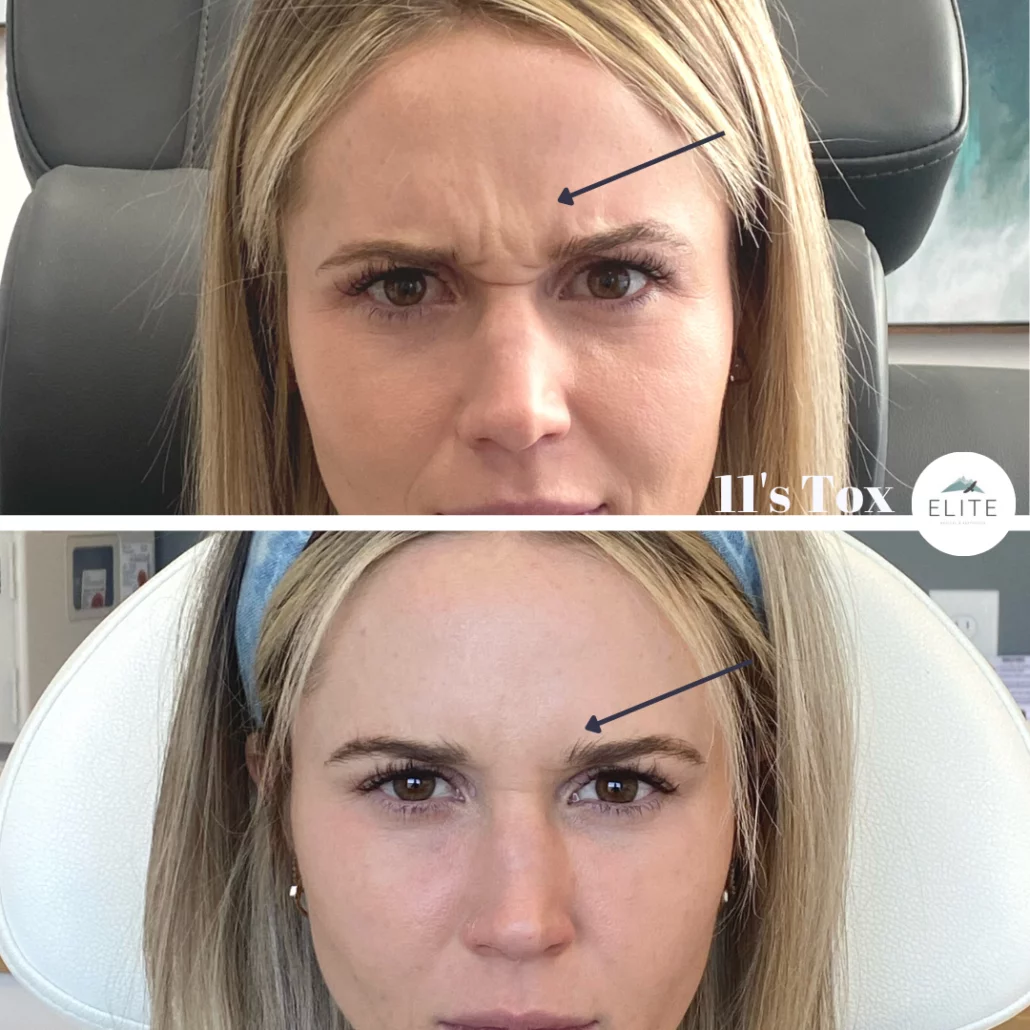


Conclusion
Aesthetic treatments can be a great stepping stone for a glow up this year! There are a wide range of services that we offer to fit individual concerns and goals, but we hope this article named a few that may be of interest to you.
Wether you are looking for subtle changes in a skincare routine or a total transformation, our providers at Elite take a holistic and artistic approach to treatments that give our clients natural, beautifully enhanced results.
If you are located in the Lone Tree, CO area, talk with one of our providers about your aesthetic goals. Elite is a premier med spa with an all RN and NP nursing staff. We prioritize safety and provide holistic, natural results.




